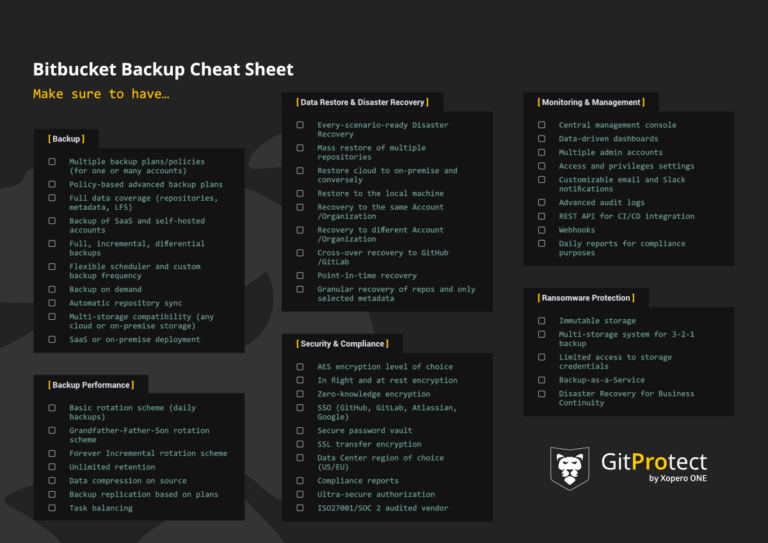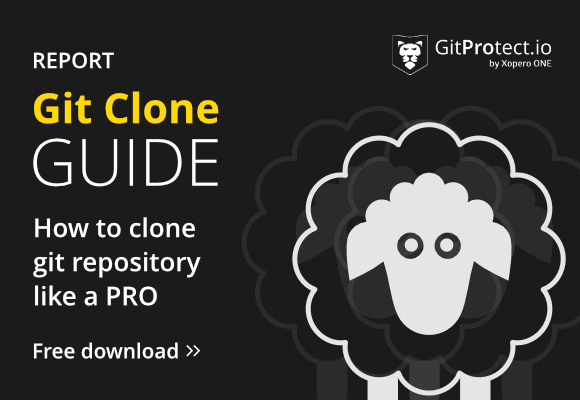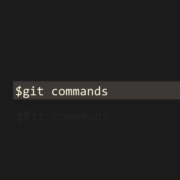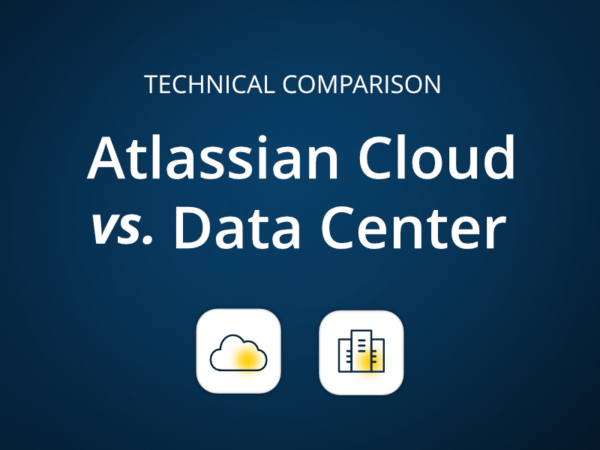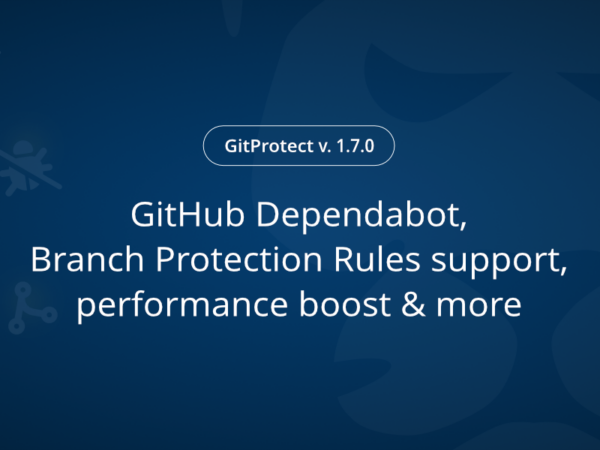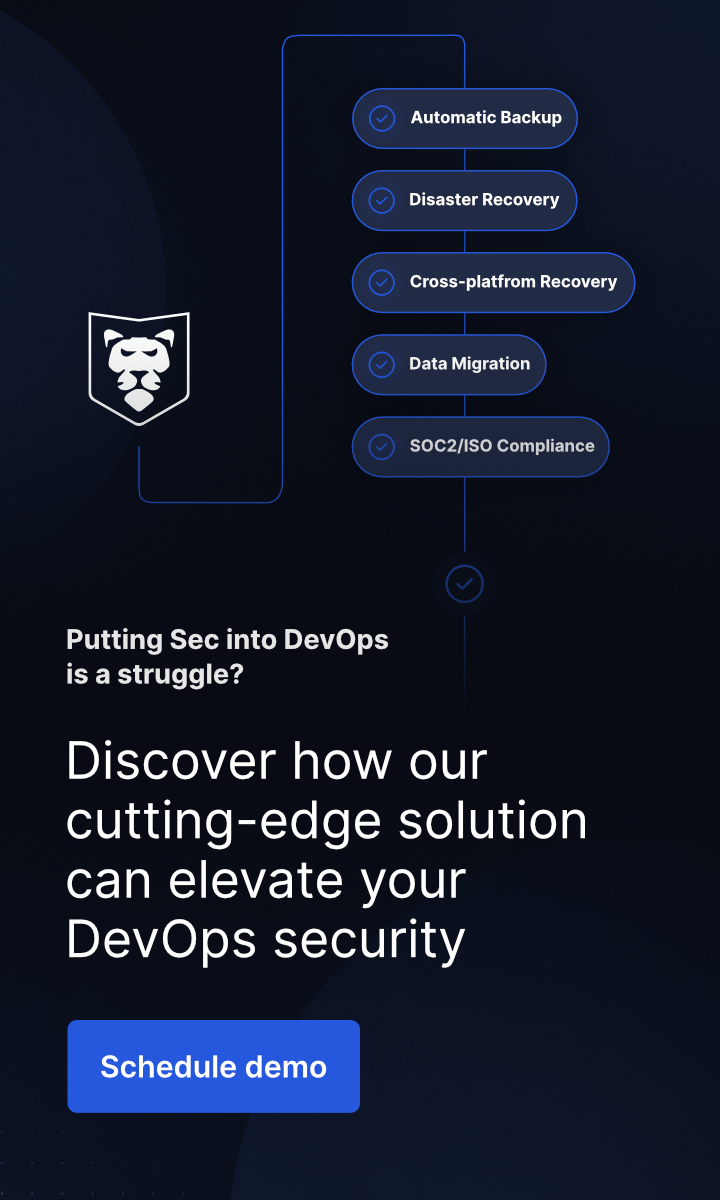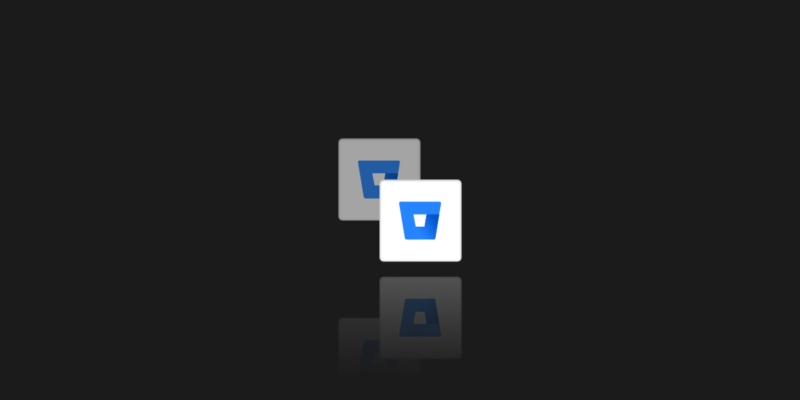
Different Ways to Backup Bitbucket
Last Updated on March 4, 2024
There are several smaller and more prominent players on the market of distributed version control systems. Bitbucket is undoubtedly one of the largest. Bitbucket can boast of using Git, but it should be remembered that while this is its main functionality, it is not the only one. Bitbucket is an entire project management platform that helps teams all over the world produce software. Of course, this is not the end of the features it has, but the possibilities are not really the most important. The question that should always arise with any system we use is the following. How to backup our priceless repositories?
Bitbucket
This version control system uses Git, but it’s worth mentioning here that it also supports Mercurial. The Mercurial version control system is currently only supported in read-only mode, but it is still possible. This is obviously quite important information, but to understand why this is the case, we should take a closer look at Bitbucket’s background. Behind every software, system, etc., there is either an association of developers, a community or a specific company.
How does it really look like
For example, while GitHub was created as a system assuming a community from the community, currently it has been part of Microsoft since 2018. Bitbucket was made similarly, and just like GitHub was taken over. Atlassian currently owns it, and this is a fundamental fact. Following the acquisition, Bitbucket focused more on a holistic project delivery platform than just a version control system, and that also influenced the fact that Git is now fully supported. There are one more critical features that Bitbucket has.
Atlassian
As a company, it also develops a product called Jira, i.e., bug tracking automation software. Bitbucket developers say teams that use Jira finish their projects on average 14% faster. I don’t intend to argue with this. I will only add from myself that it’s precisely due to Atlassian’s approach, such as merging Git with the mentioned Jira to Bitbucket, that the project management tool they propose isn’t only a version control system. It’s a holistic approach to creating and managing complex projects from start to end.
Backup – do I really need to backup Bitbucket?
In fact, the most important and exciting point for us. I’m always surprised how many people forget about this point, which really should be the main and first on the list of any project. First, let’s decide when we should worry about backup. In my opinion, the answer to this question should be: We should always think about securing our data, projects, etc., first, and then about them. Whenever we want to back up our projects in Bitbucket, but also when we want to migrate from another version control system or upgrade the Bitbucket server itself.
How secure are your Bitbucket repos and metadata? Don’t push luck – secure your code with the first professional Bitbucket backup.
Backup, backup and backup!
In each of these mentioned above cases, our first item on the to-do list should also be a backup. GitProtect.io by Xopero ONE will take care of such an efficient, intuitive Bitbucket backup. GitProtect.io is not only a reliable software for backing up your repositories but also software equipped like a Swiss army knife with a range of options for restoring copies, which I recommend to do from time to time to get a belief that is very close to the certainty that we are fully secured. We can restore selected repositories, or only parts of them, to an entirely new repository created for this purpose, but also to a local device. This is not the end of the benefits of using GtProtect.io, because we get the option of migrating between Bitbucket, GitHub, or GitLab.
Check all the backup, Disaster Recovery, security and management features this DevOps backup software brings.
Clone command
I try where and when I can mention that Git, just like VMware, for example, focuses on what it was created for, and the matter of backup is left on our shoulders here. This isn’t a bad thing, and it’s a desirable situation. However, this means that we should choose our backup software vendor well. Fortunately for us, the Xopero company responds to this demand in both cases with GitProtect.io. Of course, Git has a git clone command which makes a complete copy of the repository with an entire history of changes from the beginning of the project itself. But you have to remember that this isn’t a backup, and there isn’t much to choose from when using a git clone command. We cannot make a copy of a part of the repository or carry out diff cloning, etc. You can read more about the git clone command itself and how to use it in one of our older posts.
Redundancy
It means nothing else, as duplication of infrastructure and connections between it so that in the event of failure of one component or the entire server, the end-user does not even know that something has happened. In short, work continuity is maintained even in the event of significant infrastructure failures. Redundancy, like the snapshot or RAID technology, for example, is often confused with backup, and that’s why I mention it here. It must be remembered that while we obtain a kind of resistance to infrastructure failures, our data is still not protected, for example, against internal and external attacks. It may also happen that at the same time, a part of the infrastructure fails such that the infrastructure built with redundancy in mind is no longer able to function.
So why is Bitbucket backup so important?
Imagine an infrastructure that was designed and implemented with redundancy in mind. Bitbucket servers are duplicated, as is the entire network. The disk array SAN is also replicated, all closed in a new and beautiful server room. What could go wrong? The server room has been equipped with a complex fire protection system based on automatic extinguishing. This solution is used in most data centers around the world and is based not on water or foam but on gaseous agents to instantly lower the oxygen content of the server room. Thanks to this, the person inside can still breathe, but any fire goes out by itself due to the lack of the required amount of oxygen in the air. Such systems are often described as safe and even recommended for IT.
The truth is that they have many advantages, but most descriptions state that IT devices are thus secured, and in some scenarios, they may still function after such a system is turned on. The theory is beautiful, but the infrastructure described above, which the author of this post co-created, implemented, and used, showed a significant disadvantage of such a fire extinguishing system. Even though the system underwent periodic technical inspections and audits, one fine day, the suction smoke detection system (VESDA) failed, and the “extinguishing” was activated. I cannot say how much the sound wave is propagating in the server room itself when the cylinder valve is released, but the roar of the “gunshot” was heard three rooms away. Unfortunately, right after that bang, it turned out that the shock wave literally damaged the three disks in the first SAN and finally five of them in the second. To be precise, I will only add that both operated based on RAID5 and were prepared only for simultaneous damage to 2 disks. Such cases happen, and I describe it from my own experience, so no redundancy, snapshots, and other such technologies are backup. It was only thanks to the fact that we had well-planned and conducted backups that we could recover data and projects. GitProtect.io will allow you and your clients to protect yourself against such contingencies.
Summarizing
Atlassian develops the Bitbucket project as not only a version control system but also as a comprehensive project management tool from planning to execution and reporting. It has been assumed that companies such as GitHub focus entirely on developing their project, and leave backup topics to the user. Of course, they offer an API and make it easier for third parties to access repositories, etc. Still, usually, they leave freedom to the user in the backup field, who chooses the backup software himself. Atlassian’s approach here is very similar, but with one difference. The company provides the user with a store (Atlassian Marketplace) with compatible, recommended, and audited third-party software. The most important thing is that each software must comply with the shared responsibility Atlassian and compliance policies. You can read more about it:
The Xopero Software company, launching GitProtect.io, made sure that its software was compatible with all Atlassian assumptions and documentation. Thanks to this, we are likely that this product will perform an intuitive and trouble-free backup of our valuable repositories and ensures security compliance. But don’t buy blind – try 14 days for free our Bitbucket backup and Disaster Recovery software or take a look at Bitbucket Backup at Atlassian Marketplace.




